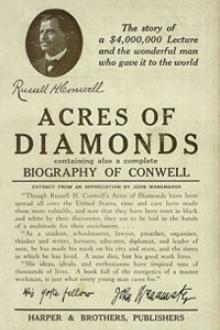Campaigning in Cuba
Campaigning in Cuba
Book Excerpt
rface of the harbor were scattered a dozen or more war-ships of the North Atlantic Squadron, ranging in size from the huge, double-turreted monitor Puritan to the diminutive but dangerous-looking torpedo-boat Dupont. All were in their war-paint of dirty leaden gray, which, although it might add to their effectiveness, certainly did not seem to me to improve their appearance as component parts of an otherwise beautiful marine picture. Beyond the war-ships and nearer to the eastern end of the island lay the captured Spanish prizes, including the big black liners Pedro and Miguel Jover, the snow-white Argonauta, the brigantine Frascito, and a dozen or more fishing-schooners intercepted by the blockading fleet while on their way back to Havana from the Yucatan banks.
But none of these war-ships or prizes had, for me, the interest that attached to a large black two-masted steamer of eighteen hundred tons, which was lying at anchor off the government whar
Editor's choice
(view all)Popular books in History, War
Readers reviews
5.0
LoginSign up
This interesting account of the Cuba invasion in 1898, from a first class observer, contradicts the glorious picture of what you can read about the subject in Wikipedia. Especially the army failed to do its logistics homework, with the result of many dead U.S. soldiers due to lack of transportation and all kind of the most important material. Apparently this was hushed since Spain surrendered anyway, but it should be appreciated more how close it all was to a devastating loss.
- Upvote (0)
- Downvote (0)

 Free Download
Free Download






















-itok=vcKIB5v1.jpg)